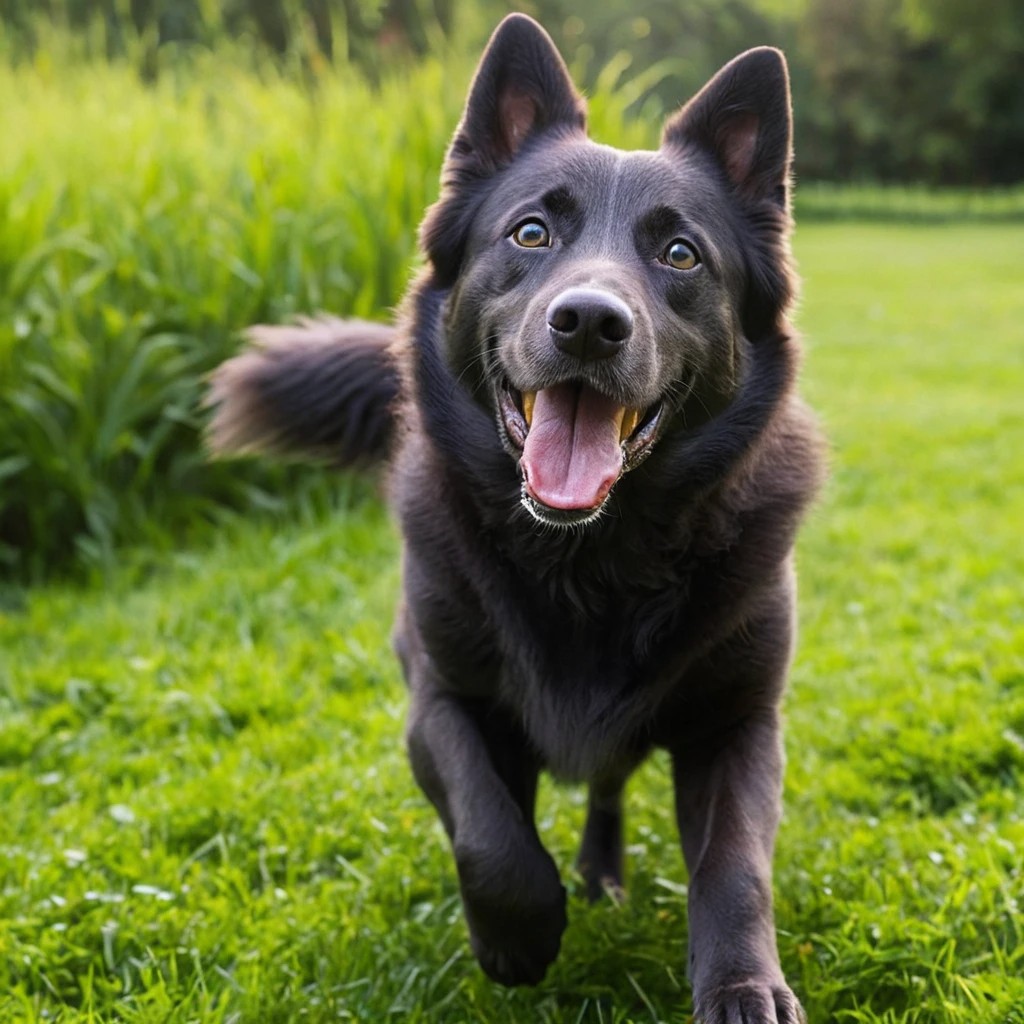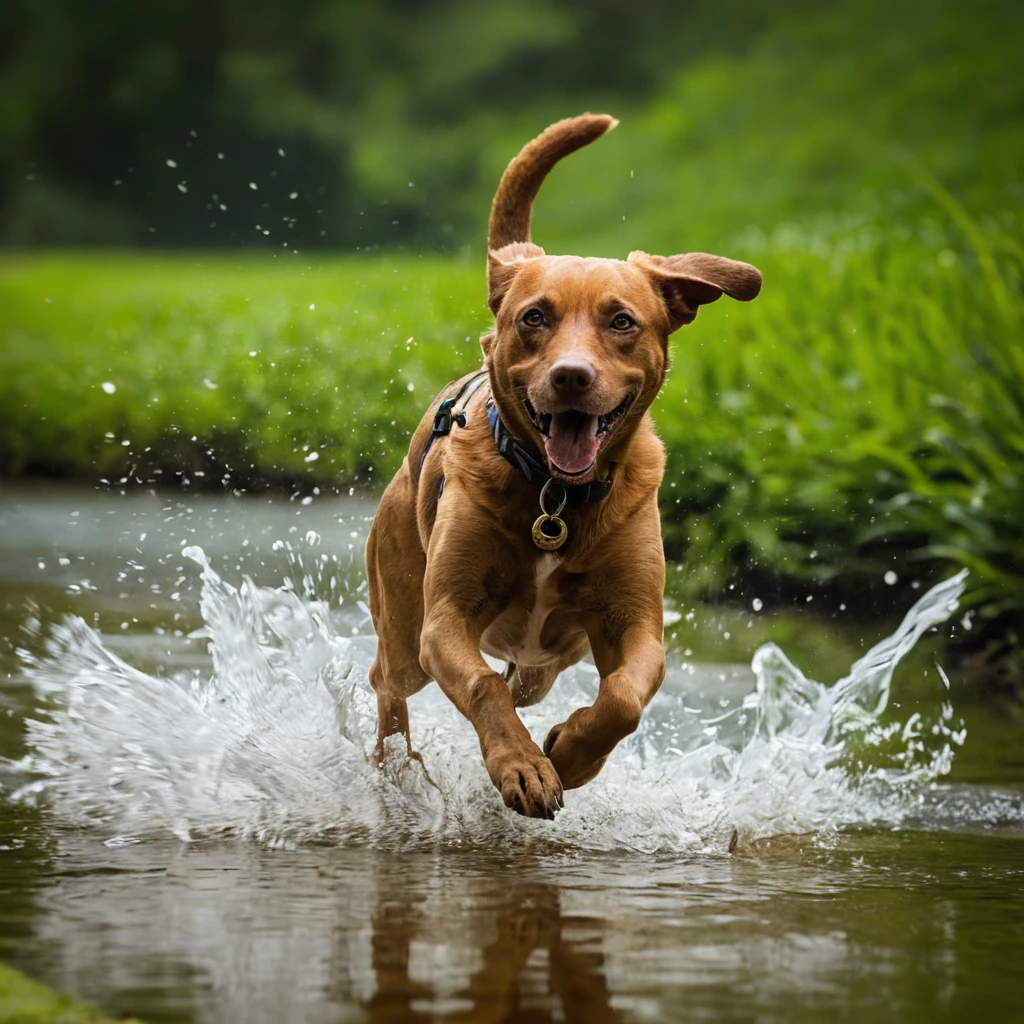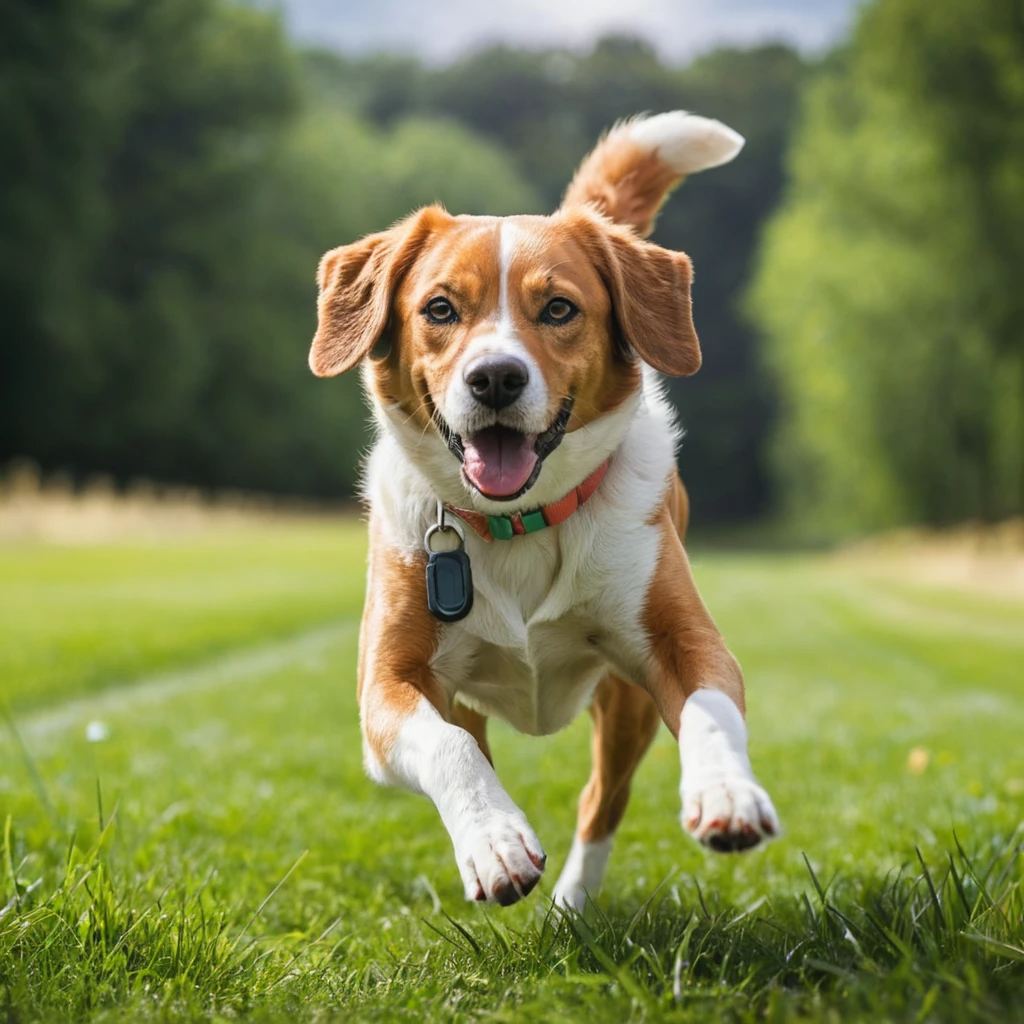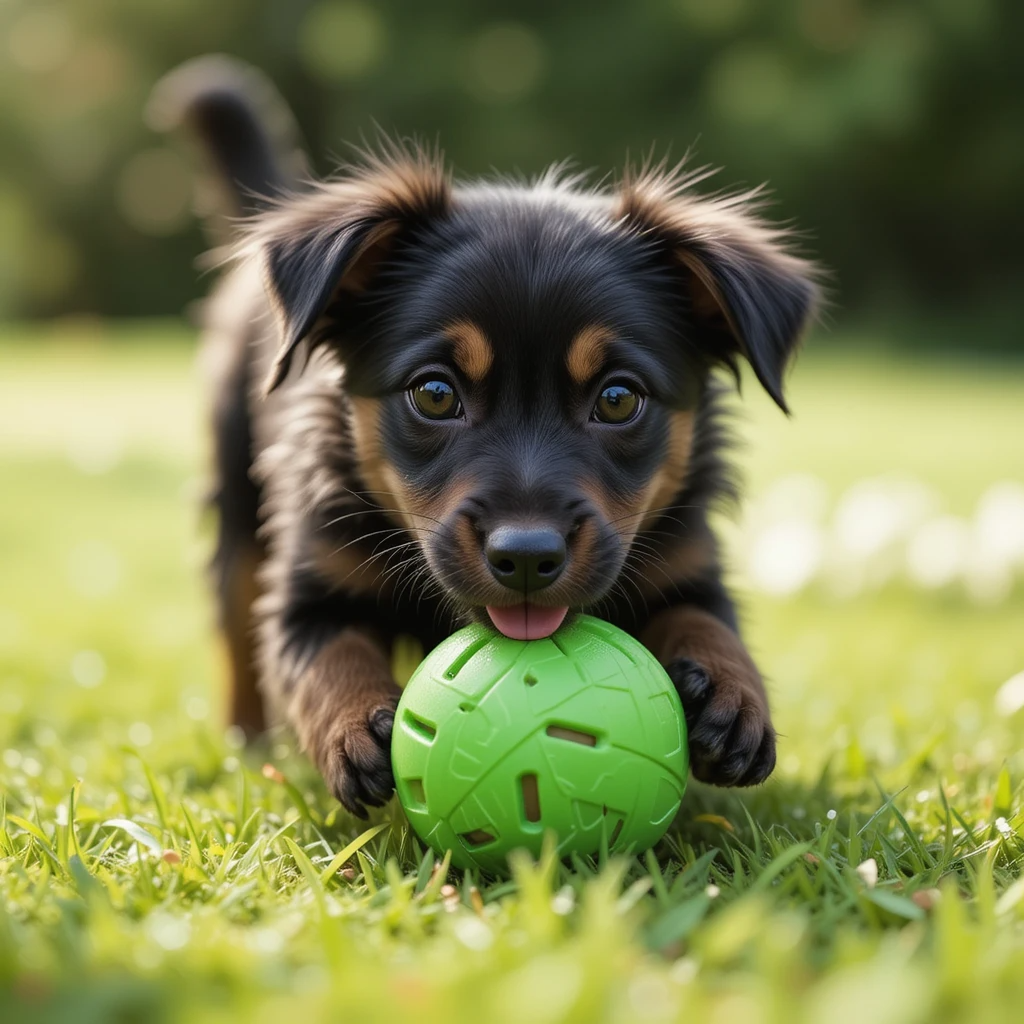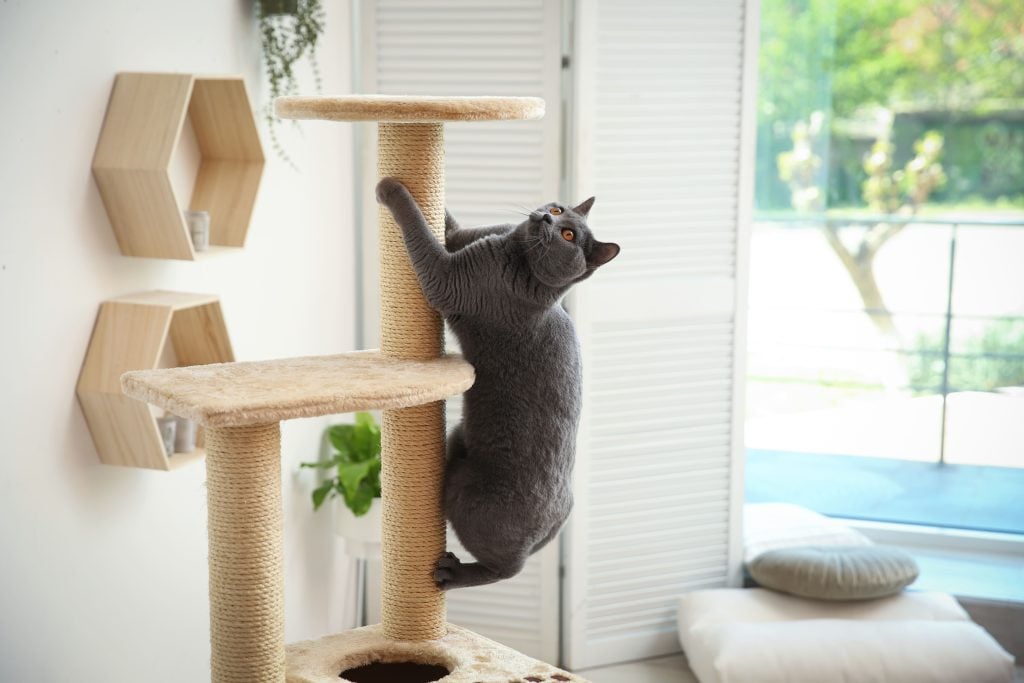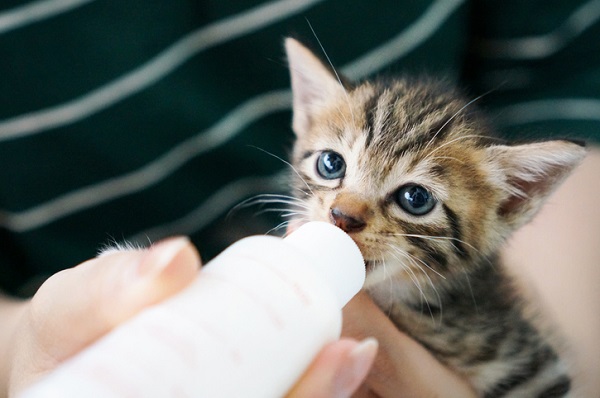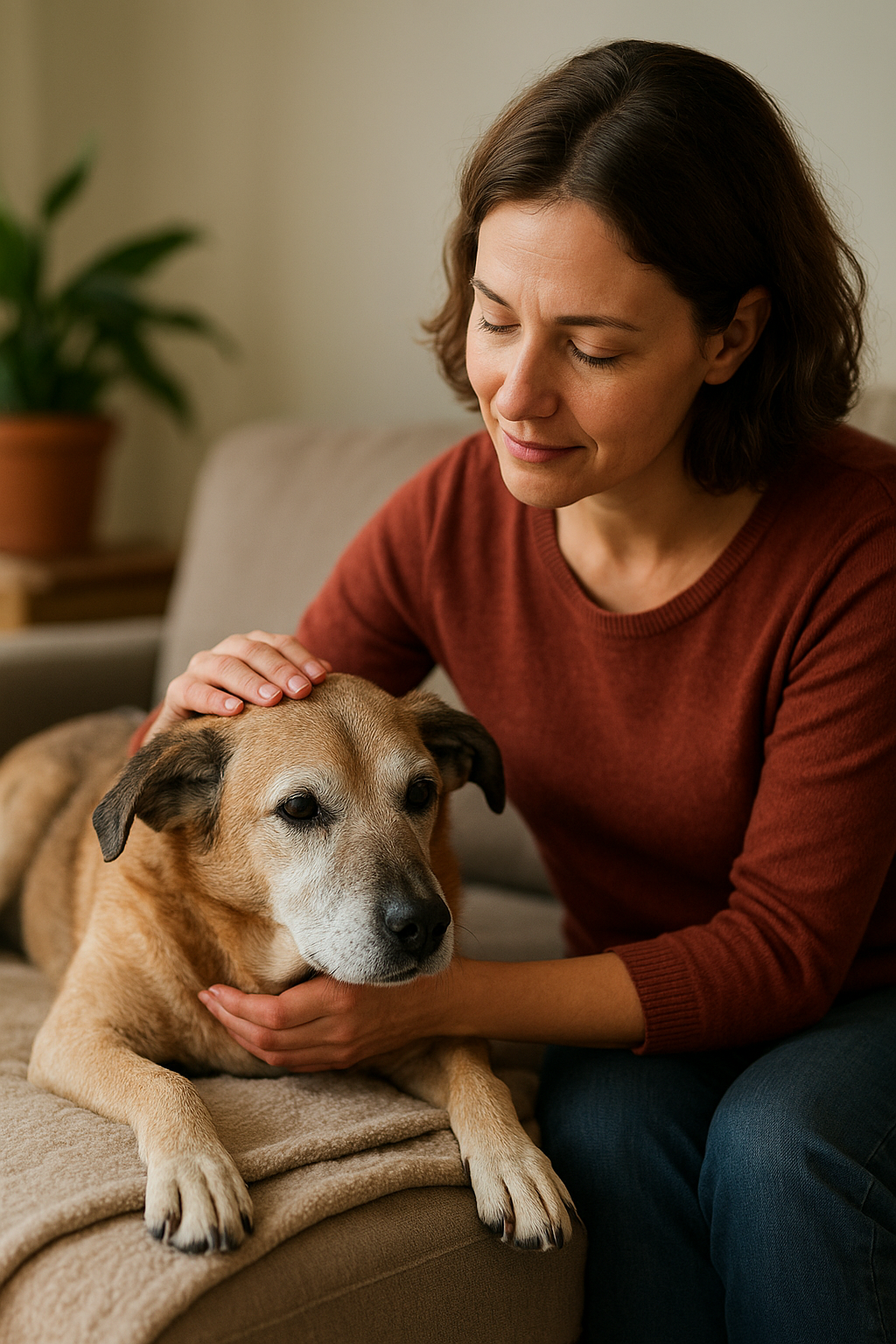Treinar seu cão não se trata apenas de ensiná-lo a sentar ou ficar sentado — trata-se de criar um relacionamento forte e respeitoso entre você e seu pet. Um cão bem treinado é mais feliz, mais confiante e mais seguro. Neste artigo, exploraremos técnicas de treinamento eficazes e humanas que funcionam para cães de todas as idades e raças.
Por que treinar seu cão é importante
O treinamento de cães é essencial por vários motivos. Ajuda a prevenir problemas de comportamento, fortalece a comunicação e garante que seu cão possa se movimentar pelo mundo com segurança. Um cão bem treinado também tem mais chances de ser bem-vindo em locais públicos e perto de outras pessoas e animais.
Benefícios do Treinamento
Cria confiança entre dono e cão
Reduz a ansiedade e o estresse no cão
Ajuda a evitar comportamentos destrutivos
Aumenta a segurança tanto para o cão quanto para os outros
Aumenta a qualidade de vida do seu cão
Quando começar o treinamento
A melhor época para começar a treinar seu cão é o mais cedo possível. Filhotes a partir de oito semanas podem começar a aprender comandos básicos. No entanto, cães mais velhos também podem ser treinados — nunca é tarde para começar.
Adestramento de Filhotes vs. Cães Adultos
Filhotes: Capacidade de atenção curta, mas altamente receptivos a novas experiências. Concentre-se em comandos simples e socialização.
Cães Adultos: Podem ter comportamentos estabelecidos, mas podem aprender coisas novas com prática consistente e paciência.
Comandos Essenciais que Todo Cão Deve Saber
Todo cão, independentemente da idade ou raça, deve aprender um conjunto básico de comandos que promovam bom comportamento e segurança.
Senta
“Senta” é um dos comandos mais fáceis e úteis. É a base para ensinar comportamentos mais complexos e ajuda a manter seu cão calmo em diversas situações.
Fica
O comando “fica” ensina paciência e controle. Comece com distâncias curtas e aumente gradualmente a dificuldade conforme seu cão melhora.
Vem
“Vem” é um comando que salva vidas. Pratique-o regularmente, começando dentro de casa ou em uma área cercada.
Deixa
Este comando impede que seu cão pegue ou coma itens nocivos. É especialmente útil durante caminhadas.
Deita
Este comando ajuda a controlar a excitação excessiva e incentiva um comportamento calmo.
Reforço Positivo: A Chave para o Sucesso
Os cães aprendem melhor por meio do reforço positivo. Este método recompensa o comportamento desejável em vez de punir o mau comportamento, tornando o treinamento uma experiência mais agradável para ambos.
Recompensas que Funcionam
Petiscos (pequenos e saudáveis)
Elogios verbais (“Bom cachorro!”)
Afeto físico (carinho, carinho na barriga)
Hora de brincar ou brinquedos favoritos
A consistência é crucial. Sempre recompense o comportamento imediatamente para que seu cão estabeleça a conexão entre a ação e a recompensa.
Ferramentas que Podem Ajudar
Embora seu amor e consistência sejam as ferramentas de treinamento mais importantes, existem alguns itens úteis a serem considerados.
Fundamentos do Treinamento
Clickers: Usados no treinamento com clicker para marcar o momento exato em que seu cão realiza o comportamento correto.
Guias e peitorais: Úteis para ensinar boas maneiras e controle com a guia.
Pacotes de petiscos: Deixe as recompensas facilmente acessíveis.
Caixas: Auxiliam no treinamento em casa e oferecem um espaço seguro.
Evite enforcadores, coleiras com pontas ou qualquer equipamento que sirva para punir. Essas ferramentas podem prejudicar a confiança do seu cão e levar a comportamentos baseados em medo.
Lidando com Problemas Comportamentais Comuns
Mesmo cães bem treinados podem apresentar comportamentos indesejados. Veja como lidar com alguns dos mais comuns:
Latidos
Identifique a causa — tédio, medo, excitação — e aborde-a diretamente. Exercícios, treinamento e técnicas de dessensibilização costumam ajudar.
Mastigação
Forneça brinquedos de mastigar e supervisione de perto. Redirecione o comportamento em vez de repreendê-lo.
Pular nas Pessoas
Ignore o comportamento e recompense seu cão somente quando as quatro patas estiverem no chão. Peça aos convidados que façam o mesmo.
Puxar a Guia
Pare de andar quando seu cão puxar. Retome o passeio somente quando a guia afrouxar. Um peitoral antipuxão pode ajudar durante o treinamento.
Socialização como Parte do Treinamento
A socialização é um componente vital do treinamento. Ela ensina seu cão a ser calmo e amigável com diferentes pessoas, animais e ambientes.
Como Socializar Seu Cão
Apresente seu cão a novas imagens, sons e experiências gradualmente.
Use petiscos e elogios para criar associações positivas.
Participe de aulas para filhotes ou eventos que acolham cães.
Definindo uma Rotina de Treinamento
A rotina cria previsibilidade, algo que os cães adoram. Dedique alguns minutos por dia ao treinamento e mantenha as sessões curtas e divertidas.
Exemplo de Cronograma
Manhã: Revisão rápida de comandos de 5 minutos antes do café da manhã
Tarde: Caminhada de socialização ou brincadeira
Noite: Sessão curta de treinamento com novas habilidades
Consistência, paciência e entusiasmo são seus maiores trunfos.
Quando Chamar um Adestrador Profissional
Se o seu cão apresentar sinais de agressividade, ansiedade severa ou comportamentos com os quais você não está preparado, é melhor consultar um adestrador profissional ou um especialista em comportamento.
Procure adestradores que utilizem reforço positivo e tenham certificações em clínicas de reabilitação.ognized organizations like the Association of Professional Dog Trainers (APDT).
Considerações Finais: Treinamento para uma Vida de Vínculos
O treinamento não é apenas uma tarefa — é uma jornada contínua que aprofunda a conexão entre você e seu cão. Com paciência, reforço positivo e um pouco de esforço diário, você construirá um companheiro bem-comportado e feliz para a vida toda.


